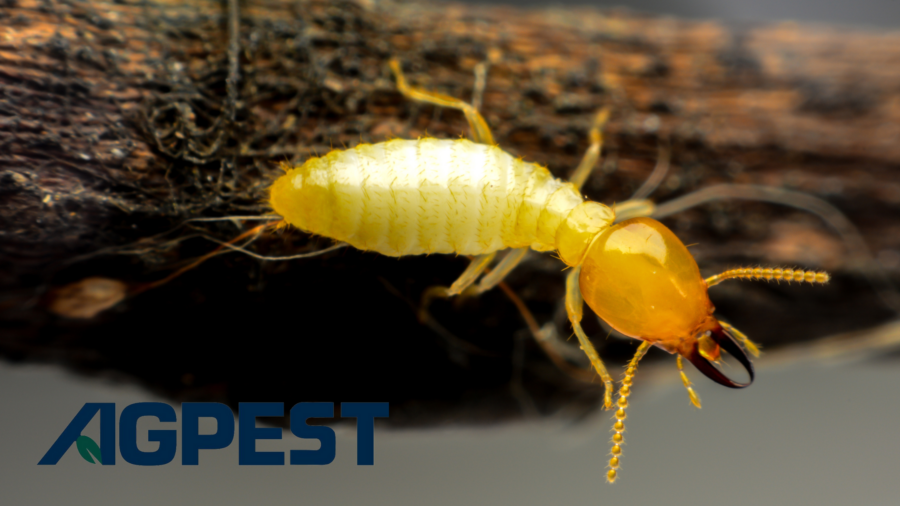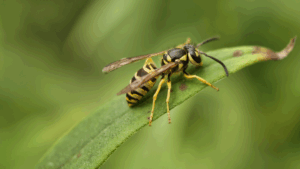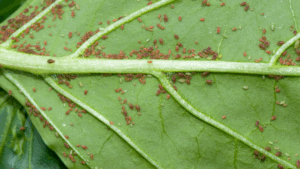As a homeowner in sunny San Diego, California, you’re probably familiar with the potential threats pests pose to your property. Among the most destructive are termites and carpenter ants. While these pests may share some similarities, understanding their differences is crucial for effective pest control and prevention. In this post, we’ll delve into the nuances between these pests, signs of infestation, and how to safeguard your home against these silent destroyers.
Termites and Carpenter Ants
Similarities
- Destructive Nature: Both termites and carpenter ants can wreak havoc on your home’s structure. They tunnel through wood, compromising its integrity over time.
- Warm Climate Preference: San Diego’s mild climate provides an ideal habitat for both pests. They thrive in warm, moist environments, making our region particularly susceptible to infestations.
- Silent Invaders: Both of these household pests are stealthy intruders, often causing extensive damage before homeowners even notice their presence.
Differences
- Appearance: Termites have straight bodies and straight antennae, while carpenter ants have segmented bodies and elbowed antennae. Additionally, termites are typically light in color, while carpenter ants are darker, usually black or reddish-brown.
- Diet: Termites feed on cellulose found in wood and other plant materials, while carpenter ants primarily scavenge for protein and sugar but also tunnel through wood to create nests.
- Habits: Termites build mud tubes for shelter and travel, whereas carpenter ants create smooth, clean tunnels in wood. Carpenter ants don’t consume wood for food; they excavate it to make nests.
Signs of Infestation
- Termites: Look for discarded wings, mud tubes along walls or foundations, hollow-sounding wood, and sagging floors or ceilings.
- Carpenter Ants: Watch for sawdust-like material (frass) near wooden structures, rustling sounds within walls, and the presence of live ants, especially near moisture sources.
Prevention and Control
- Moisture Control: Both pests are attracted to moisture. Address any leaks or standing water around your home to make it less appealing to these pests.
- Wood Maintenance: Regularly inspect and seal any cracks or openings in wooden structures. Replace damaged or rotting wood promptly to eliminate potential nesting sites.
- Professional Inspection: Schedule regular inspections with a trusted pest control company in San Diego. Professional technicians can detect early signs of infestation and recommend appropriate treatment methods.
Request a Free Termite Control Quote
Don’t wait until these destructive pests have already caused significant damage to your home. Take proactive measures to protect your investment today. Contact AgPest for a free termite control quote and safeguard your home against these destructive pests.
While both of these common pests may share some similarities, understanding their distinct characteristics is essential for effective pest management. By staying vigilant, implementing preventive measures, and seeking professional assistance when needed, you can keep your home pest-free for years to come.



